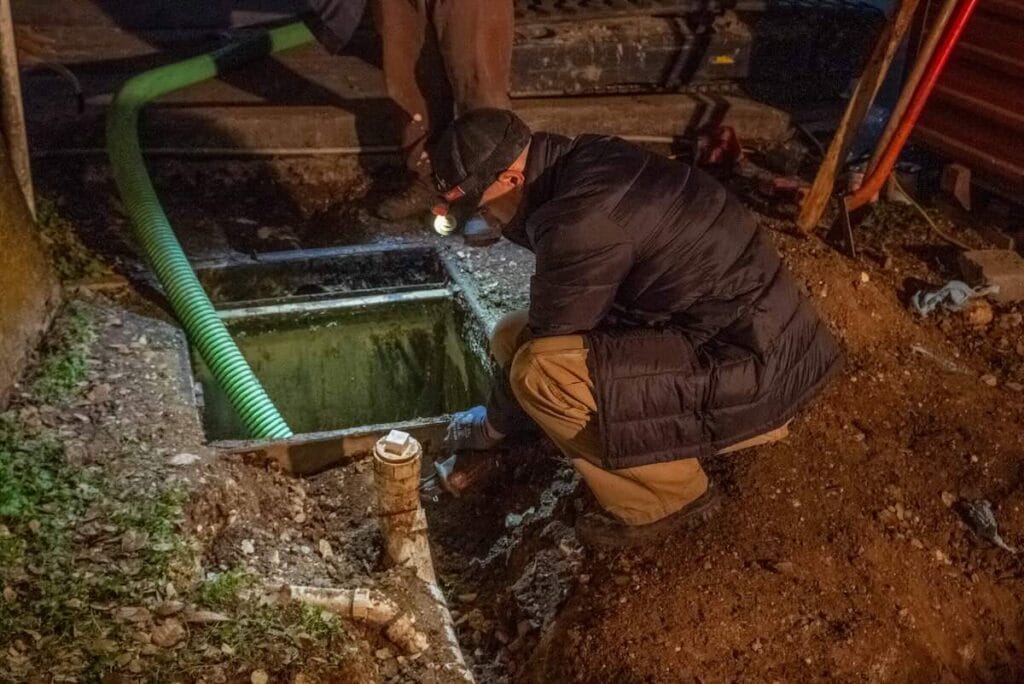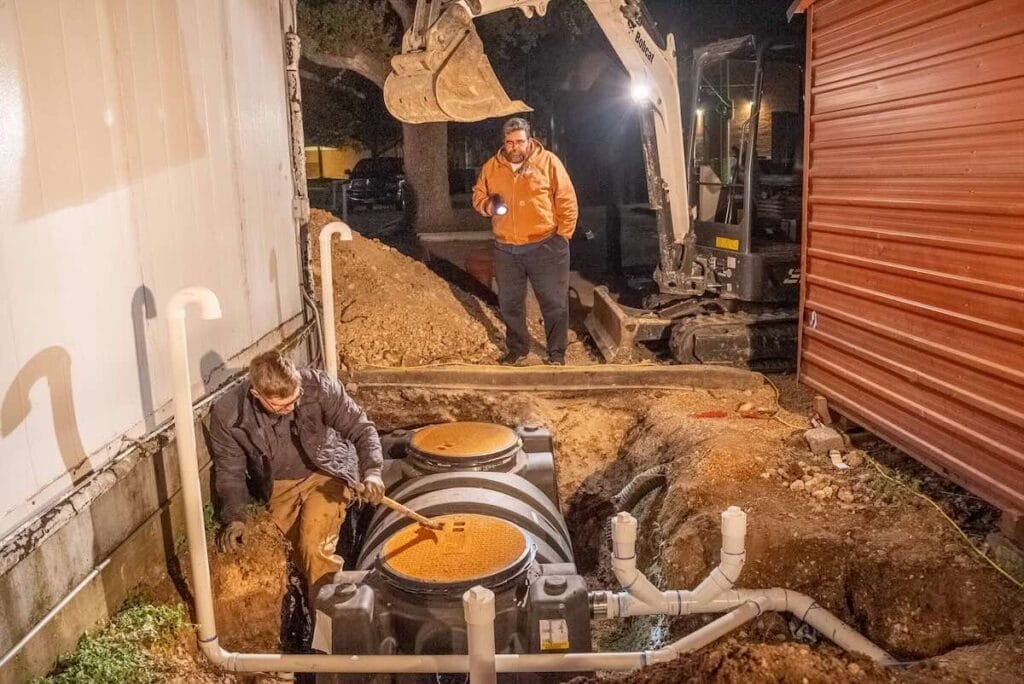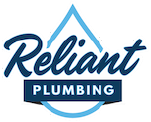Grease Trap Replacement: Protecting Kitchens, Customers, and Communities
Table of contents
Running a restaurant or commercial kitchen means juggling countless responsibilities—from food prep and staff management to keeping customers happy. But behind the scenes, one piece of equipment quietly keeps everything flowing: the grease trap.
At Reliant Plumbing, we’ve seen firsthand how essential grease traps are to protecting businesses and communities. When they fail, the results can mean health hazards, environmental concerns, or even temporary shutdowns. That’s why professional inspection, maintenance, and replacement are so critical.
In this blog, we’ll break down why grease traps matter, signs you need a replacement, and share real examples from our work at iconic Texas restaurants.
Why Do Restaurants Need Grease Traps?
Grease traps have been around since the 1800s, and they serve a simple but vital purpose:
- Prevent sewer blockages by catching fats, oils, and grease before they enter the system.
- Protect city infrastructure from overload and costly damage.
- Safeguard health and safety by keeping waste contained and preventing soil or groundwater contamination.
Without a working grease trap, businesses risk clogs, backups, foul odors, and potential violations from city inspectors.
Case Study 1: Round Rock Donuts – Timing Is Everything
If you’ve ever driven past Round Rock Donuts, you know the line stretches around the block. Shutting down during peak hours wasn’t an option for them when their grease trap needed replacement.
Our team stepped in with a plan:
- Coordinated to work immediately after closing once cleanup was done.
- Plugged the line and installed a new basin overnight.
- Finished on time—just as the prep crew arrived the next morning.
By working during off-hours, we ensured no disruption to customers and kept the bakery’s operations running smoothly.
Case Study 2: Los Palomas in Westlake – A Broken Trap and a Health Hazard
At Los Palomas, the problem was bigger than a simple clog. Their 500-gallon grease trap had collapsed, with cracks running down the sides and grease leaking into the soil. This wasn’t just an inconvenience—it was a serious health and environmental issue.
Here’s how we solved it:
- Removed the failed grease trap and excavated contaminated soil.
- Brought in clean dirt to restore the site.
- Installed a new 1,000-gallon grease trap to support the restaurant’s growing needs.
- Completed the work quickly so the restaurant could reopen the same day.
This project prevented further contamination and provided the business with a safer, more durable system.
Signs It’s Time to Replace a Grease Trap

A grease trap won’t last forever. Watch for these red flags:
- Frequent backups or slow drains
- Strong odors near the trap
- Cracks, corrosion, or visible leaks
- Overflow during pumping or cleaning
- The trap no longer meets your business’s volume needs
If you spot any of these issues, it’s time to call a licensed plumber for an inspection.
Protect Your Business with Professional Grease Trap Replacement

Restaurants and commercial kitchens can’t afford downtime—or health code violations. Reliant Plumbing specializes in grease trap replacement and repair, working around your schedule to keep you compliant, efficient, and worry-free. With 24/7 service and decades of experience, we’re here to protect your business, your customers, and your community.
